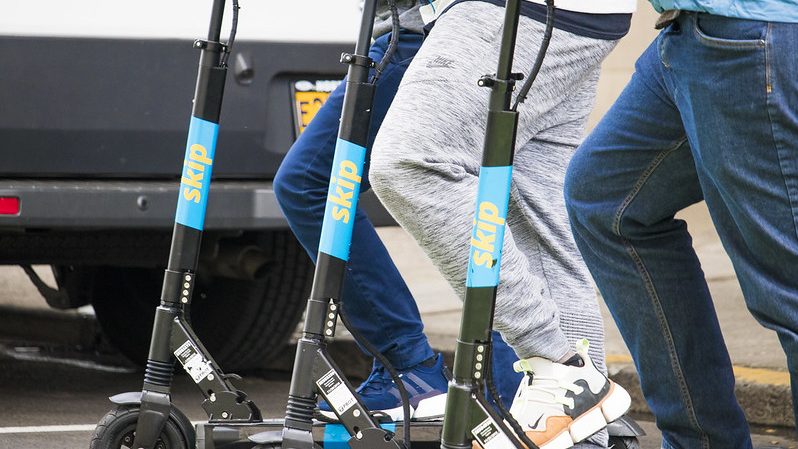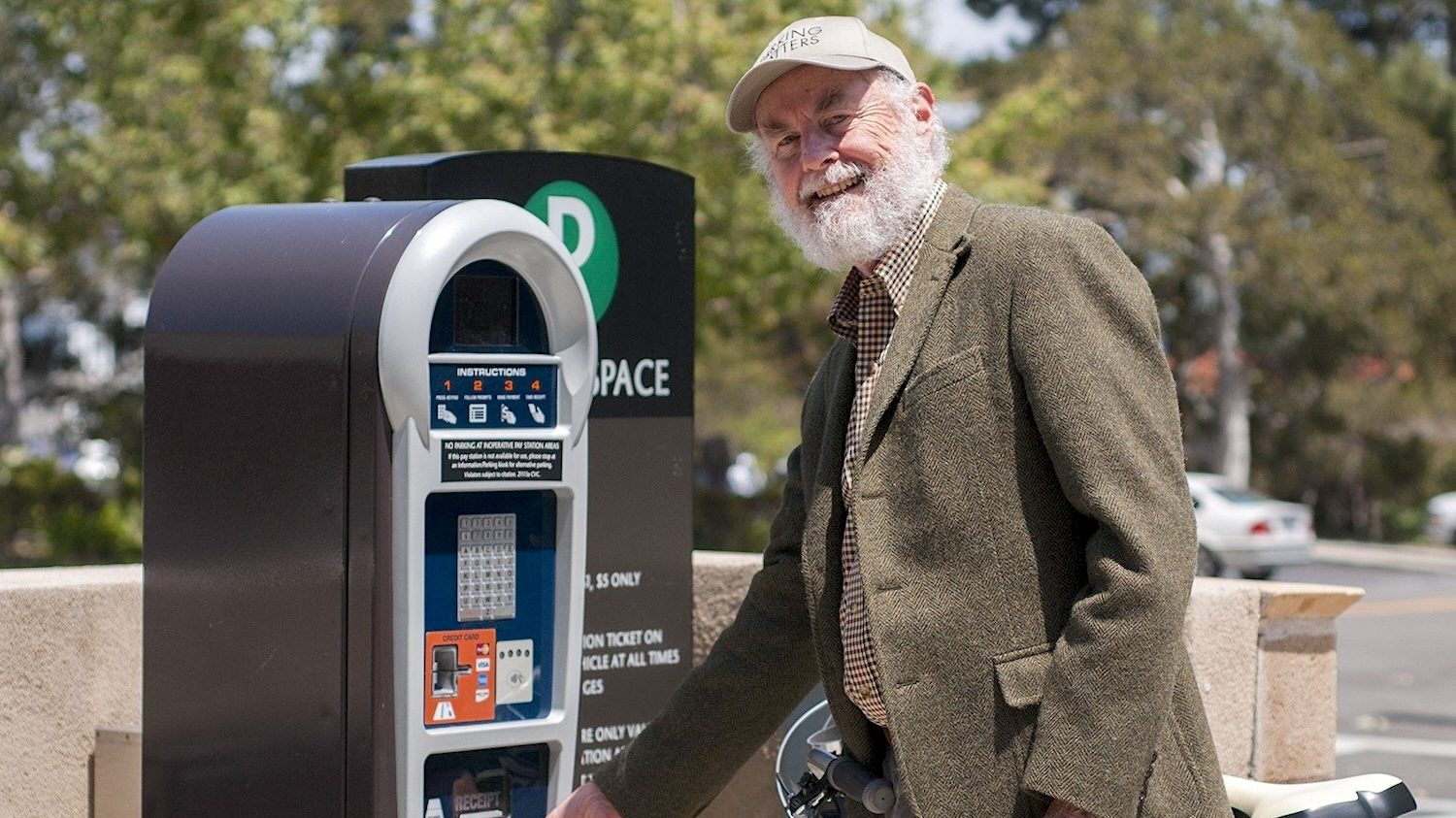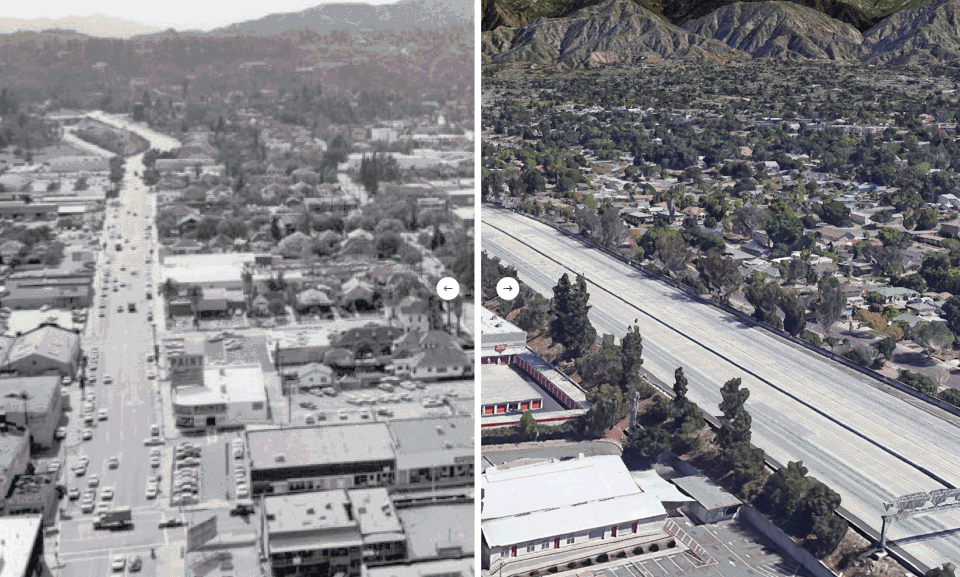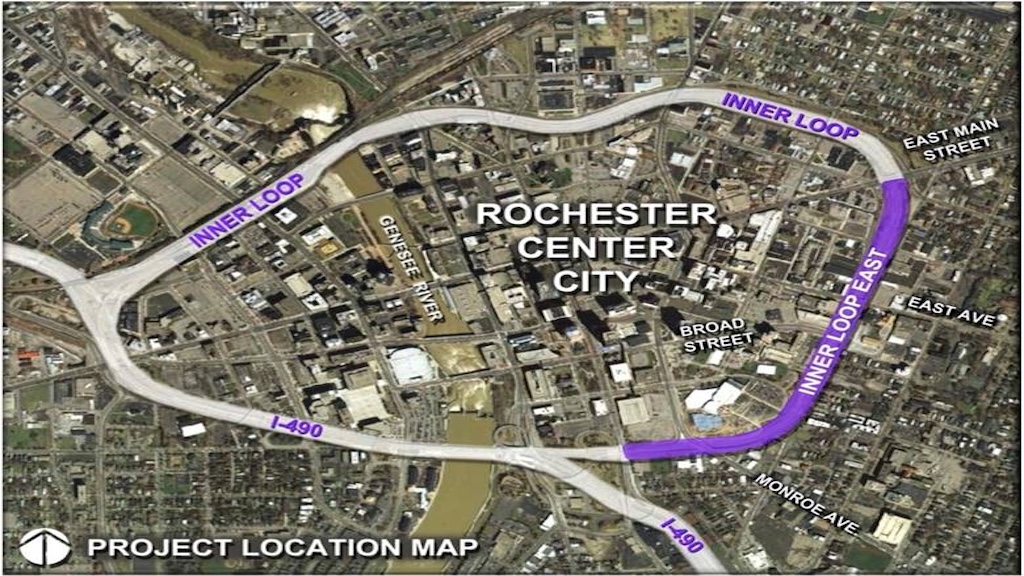A Scoot, Skip, and a JUMP Away: Learning from Shared Micromobility Systems in San Francisco

In 2018, electric-powered shared scooters and stationless (electric) bikeshare proliferated throughout the United States. Many cities have begun to experiment with new permitting systems and ways to regulate these vehicles; however, to date, there is scant academic literature on how well scooter and stationless bikeshare permits have helped cities achieve their transit, sustainability, and equity goals. As a result, one year after scooters began showing up on city streets en masse, there is still no consensus on permitting best practices.
San Francisco was one of the first cities in the United States to create a permit system for scooters and stationless bikeshare, allowing the San Francisco Municipal Transportation Agency (SFMTA) to gather data during its pilot program. Beyond data from the city itself, it is often challenging for public agencies and academic researchers to obtain data from new mobility companies. Thanks to the SFMTA pilot data, real-time scooter and bikeshare location data, a statistically representative user survey, and data from secondary sources (e.g, the U.S. Census Bureau), it’s possible to assess the use of these modes as first/last mile options, their effect on vehicle miles traveled (VMT), and if they are equitably accessible.
These four data sources were used to estimate how much these travel options reduce auto travel. I used descriptive statistics to characterize equitable utilization of these services from the user surveys and census data. Finally, real-time device data was used to measure how available these travel options are in disadvantaged communities.
Travel Mode Replacement (Image: Forest Barnes)
Scooters and Bikeshare Support Transit
The results of this analysis indicated that scooters and stationless bikeshare support transit usage, including:
- Thirty percent of scooter trips enabled riders to connect to transit when they otherwise would not have taken transit. Scooters induced five times the transit trips than they replaced.
- Electric bikes reduced VMT substantially more than scooters by replacing more and longer auto trips.
- Scooters and stationless bikeshare are estimated to reduce less than .001% of San Francisco’s annual VMT due to the SFMTA combined scooter and bikeshare cap of 1,750.
- Requiring permittees to operate in disadvantaged communities is not sufficient to ensure scooter and bikeshare travel options are equitably utilized.
Transit agencies should consider the promotion of both scooters and bikeshare as a strategy to increase transit ridership and to alleviate recent transit service degradation. The 11,000 stationless bikeshare bikes the SFMTA authorized in May, 2019 is a step in the right direction and a significant improvement from the cap of 500 bikes that was in place previously. New mobility operators should be rewarded for providing integrated transit trip planning, transit trip payments, or bundled transit passes into their membership plans.
This article is adapted from a UCLA Master of Urban Planning capstone project. Read the full report here for a list of detailed findings and recommendations.



